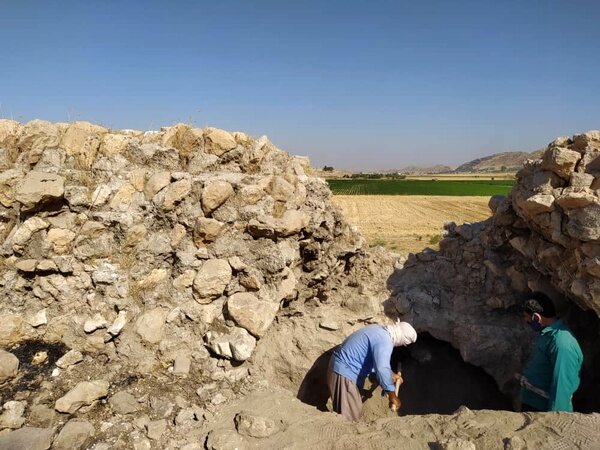Islamic-era engraved potteries unearthed in Iran

TEHRAN – A number of centuries-old engraved potteries and fragments, many of which unglazed, have recently been unearthed during a restoration project at an ancient site in western Kermanshah province.
Unglazed potteries bearing etched patterns, estimated to date back to the 4th to 6th centuries AH, have been unearthed during the restoration of an ancient house, named Zeij Manije Anzal in Sarpol-e Zahab county, ILNA quoted Iranian archaeologist Farzad Mafi, who leads the project, as saying on Saturday.
The potteries were discovered in trenches carved to examine the foundation, plan and architectural features of the structure in detail, he added.
“The monument is significant in terms of architecture and though it has technical similarities with monuments constructed in the Sassanid era (224–651) it, most likely, dates back to the early Islamic centuries.”
The term Islamic art not only describes the art created specifically in the service of the Muslim faith (for example, a mosque and its furnishings) but also characterizes the art and architecture historically produced in the lands ruled by Muslims, produced for Muslim patrons, or created by Muslim artists. As it is not only a religion but a way of life, Islam fostered the development of a distinctive culture with its own unique artistic language that is reflected in art and architecture throughout the Muslim world.
AFM/MG
Leave a Comment